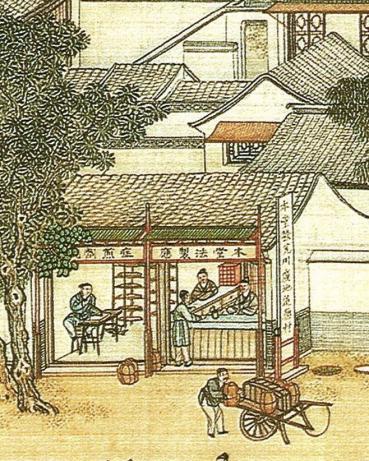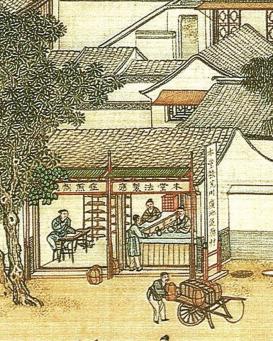This project examines the crucial period between sixteenth and eighteenth century in Chinese cultural history through the lens of pharmacy – broadly conceived as both intellectual inquiry into the nature of drugs and the socio-economic enterprise that dispenses material cures. Departing from previous literature that focuses on the conceptual framework and theory-informed practice of Traditional Chinese Medicine (TCM), this book opens up new avenues of research on the material underpinnings of a non-western tradition. In the book, I trace the fragmentation and diversification of the prestigious genre of encyclopedic pharmacopeia (bencao, lit. “fundamental herbs”) since the sixteenth century. Each chapter describes a different type of actors who re-appropriated the genre and ascribed new meaning to the objects of healing. Beginning by situating the last encyclopedic pharmacopeia, Li Shizhen’s Bencao gangmu (Systematic materia medica), in the context of print culture and official publishing in late Ming China, I follow the genre’s metamorphosis in the hands of moral philosophers, proprietary physicians, long-distance wholesale traders, urban retail entrepreneurs, and finaly consumers in the late eighteenth century. Overall, this book argues that the contemporary "traditional" Chinese pharmacy in Asia and around the world is, in fact, a product of specific political, economic, intellectual, and social conditions that coalesced during the early modern period.

Chen Mei et al. Along the River during the Qingming Festival, details (a pharmacy shop). Reproduced from Ming Qing minsu hua xuanji (Tianjin, 2007), vol.3.

